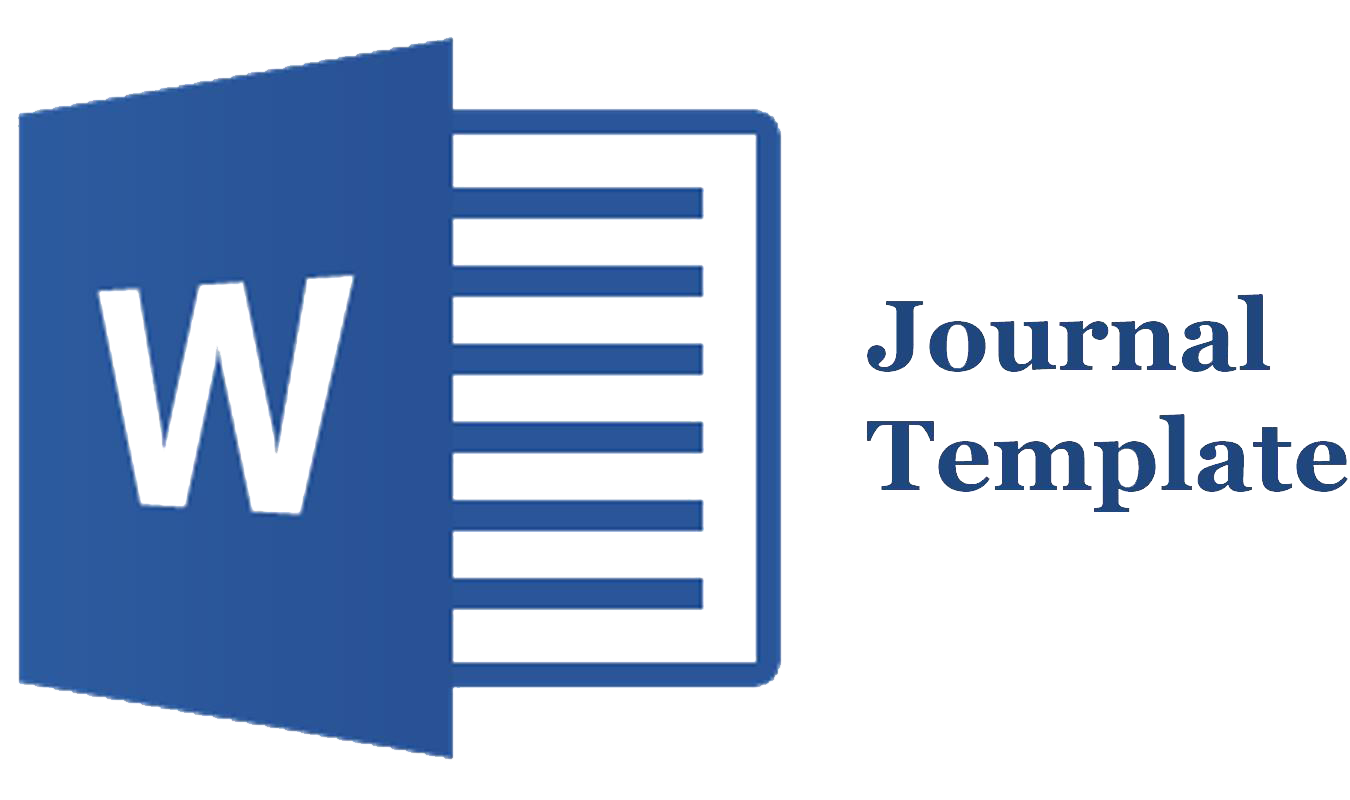The Effectiveness of Immigration Policy in Preventing Human Trafficking in Indonesia
Efektivitas Kebijakan Keimigrasian dalam Pencegahan Tindak Pidana Perdagangan Orang di Indonesia
Abstract
Human trafficking remains a serious transnational crime and a persistent threat in Indonesia. This study aims to analyze the effectiveness of immigration policy in preventing human trafficking by examining its implementation and the challenges encountered. This research employs a qualitative approach through a systematic literature review, drawing on regulations, government reports, IOM data, and national as well as international journal articles. The analysis applies Van Meter and Van Horn’s policy implementation model and Soerjono Soekanto’s legal effectiveness theory. The findings indicate that Indonesia’s immigration policy provides a strong normative framework through Law No. 6 of 2011 and Law No. 21 of 2007, but its effectiveness remains partial due to limited human and technological resources, weak inter-agency coordination, and low legal awareness among communities. This study recommends strengthening the capacity of immigration institutions, integrating cross-sector data, adopting risk-profiling-based early detection technology, and implementing continuous migration literacy and community economic empowerment programs. The study concludes that the success of preventing human trafficking relies on synergy between clear regulations, professional enforcement, and legally aware communities.
Keywords:
Human Trafficking, Immigration Policy, Legal Effectiveness, Policy Implementation, PreventionDownloads
References
How to Cite
Published
Issue
Section
License
Copyright (c) 2024 Wiwin Windya Azhari

This work is licensed under a Creative Commons Attribution-NonCommercial-ShareAlike 4.0 International License.
- Authors retain copyright and grant the journal right of first publication with the work simultaneously licensed under a Creative Commons Atribusi-Non Commercial-Share Alike (CC BY-NC-SA).
- Authors are able to enter into separate, additional contractual arrangements for the non-exclusive distribution of the journal's published version of the work (e.g., post it to an institutional repository or publish it in a book), with an acknowledgement of its initial publication in this journal.
- Every publication (printed/electronic) are open access for educational purposes, research, and library. Other than the aims mentioned above, the editorial board is not responsible for copyright violation.













